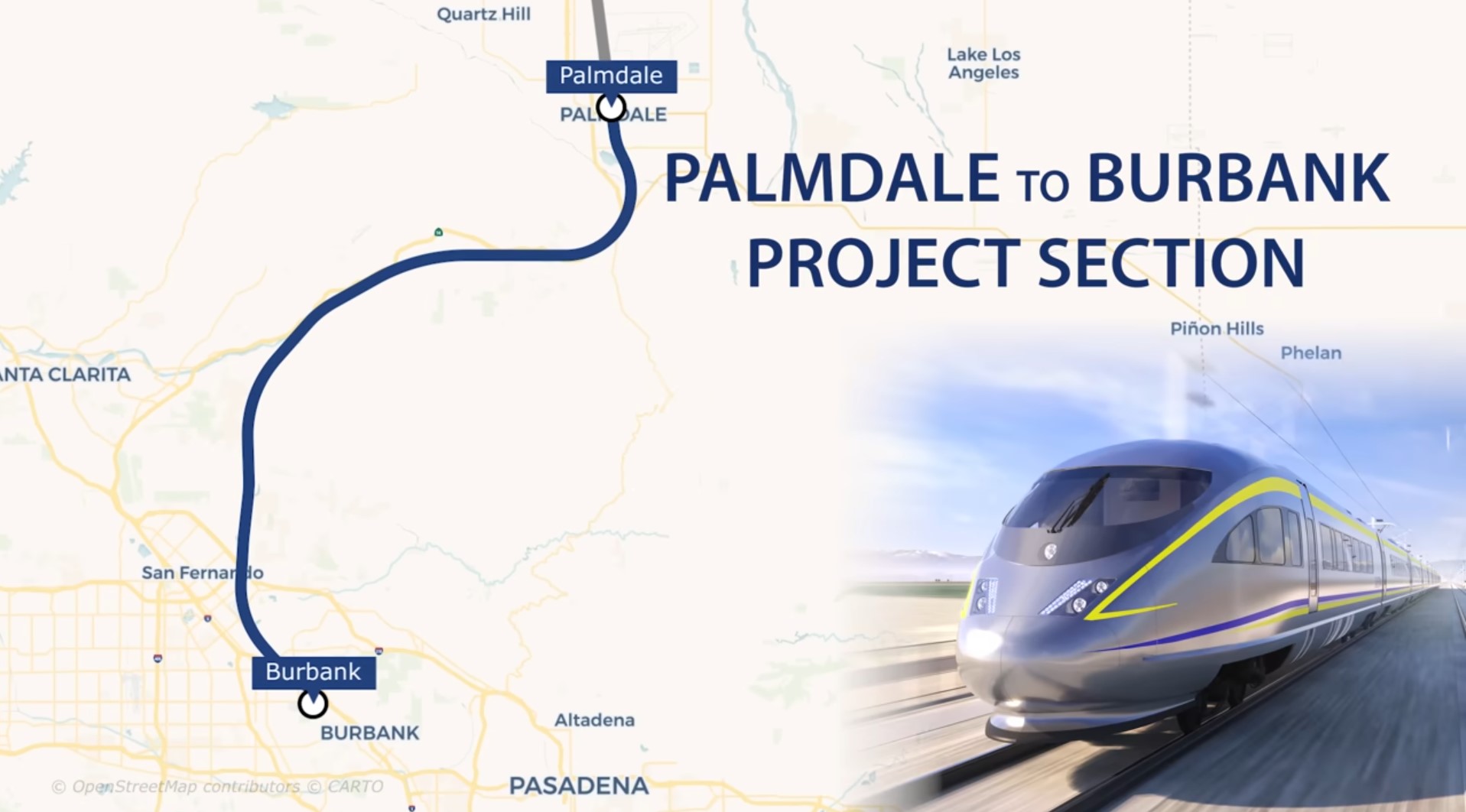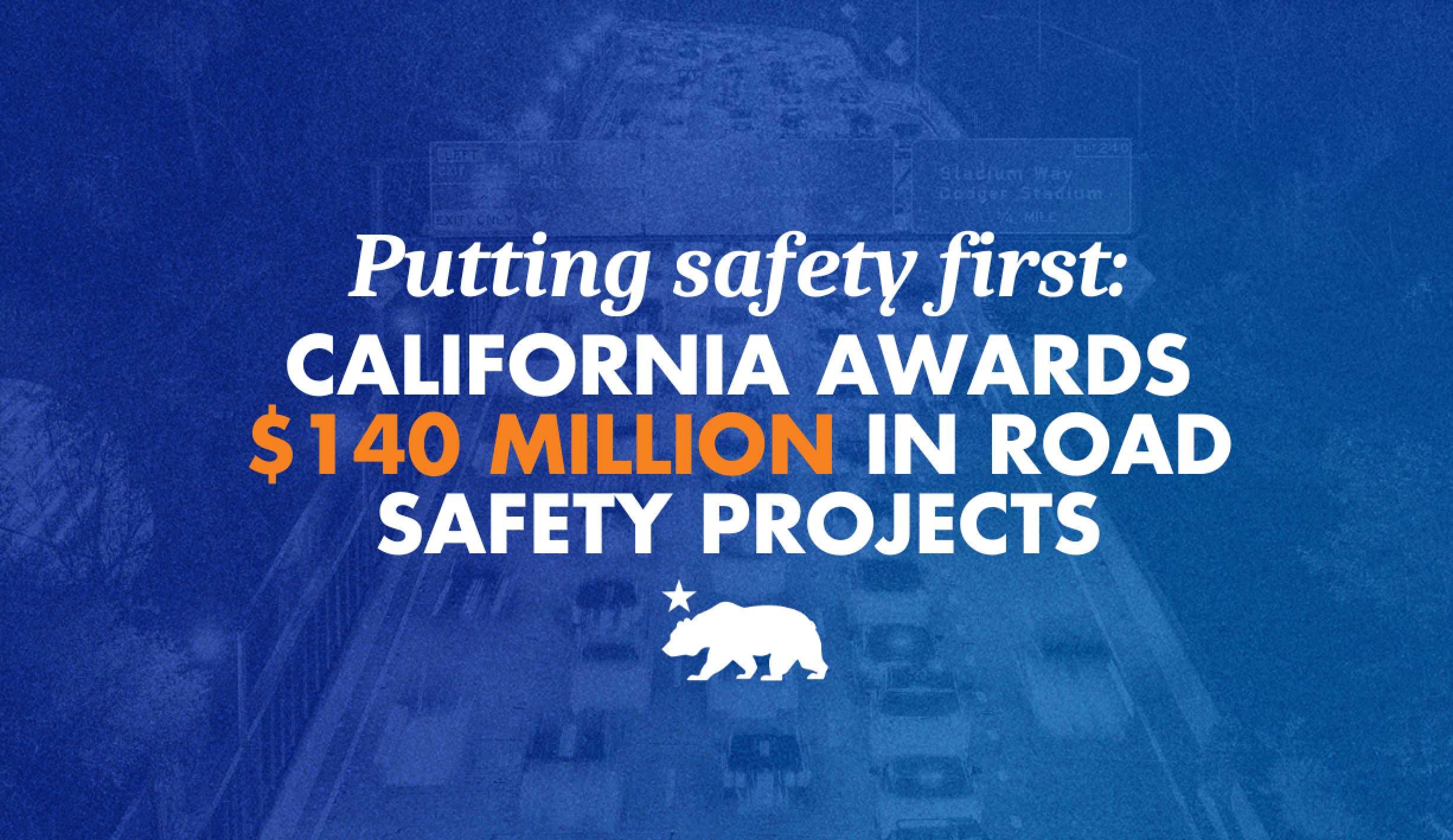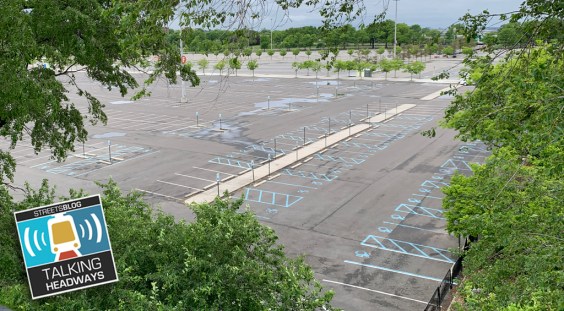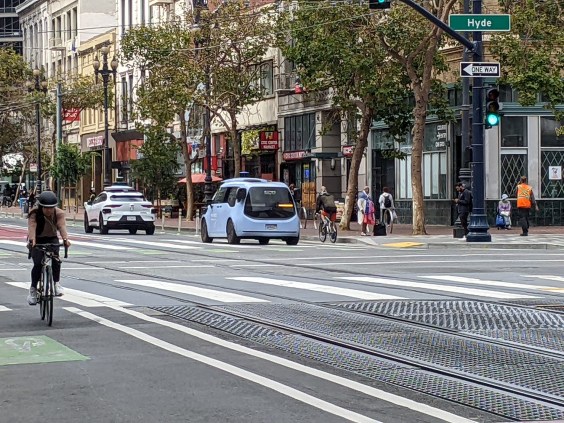An article in Wednesday's Fresno Bee outlines major changes that could be coming to the California High-Speed Rail project in the 2026 calendar year.
Now that the project has $20 billion promised over the next twenty years through allocation from the state’s Cap-and-Invest (née Cap-and-Trade) program, California High-Speed Rail Authority CEO Ian Choudri is looking to make major moves that could attract new investors, create public-private partnerships, and even change where the project could open its first phase.
Of course, you can hear Choudri talk about the future of the project at many levels, including what Streetsblog SF/interview host Roger Rudick referred to as "engineer geekdom" on this recent Talking Headways podcast.
Choudri told the Bee that he will ask the CAHSR Board of Directors on November 20 for permission to begin formal discussions with private investors. With a steady funding stream from the state now in hand, he believes there is a good chance that the Authority could announce the first-ever private investment partnership by mid-2026.
The move may require changes to California law, which currently mandates building the Merced-to-Bakersfield segment first—a route the Rail Authority says is less attractive to investors than a larger one connecting Gilroy (where the electrified Caltrain line ends) and Palmdale on the other side of the Tehachapi Mountains from the Central Valley.
SB 198, passed and signed into law in 2022, which limits high-speed rail spending outside the Central Valley to $500 million, in order to make private investment more viable. Choudri believes the legislature will act to change this legislation should private investment be contingent on opening another area first. Choudri plans to begin discussions with the legislature when the 2026 session opens in January.
Under the model Choudri outlined, investors would fund the design and construction of a railway segment, then operate and maintain it. The state would initially reimburse investors, with future revenue from ticket sales and property commercialization helping recoup costs.
“The idea is that eventually, operations revenue—not just tax dollars—will pay for construction,” Choudri said.
Should the board give him the green light in November, staff would ask potential investors and developers to submit proposals—including teams of builders, designers, and operators—and will select the most qualified group. Should that group get board approval and there be changes to SB 198 we would likely see either emphasis placed on a new portion of the route OR construction on multiple portions of the route occurring at the same time.
Public-private partnerships of this sort would typically last between four and six decades.






